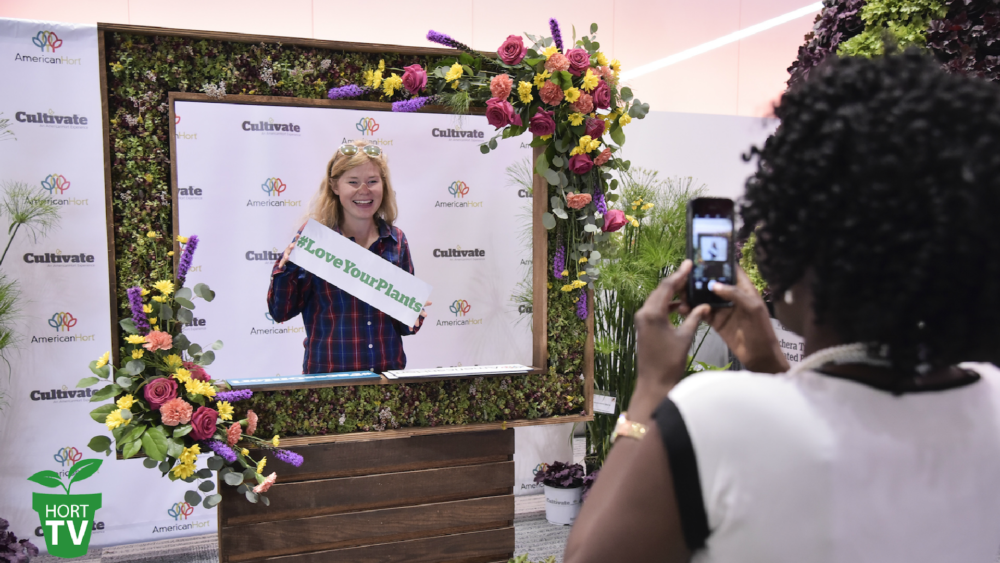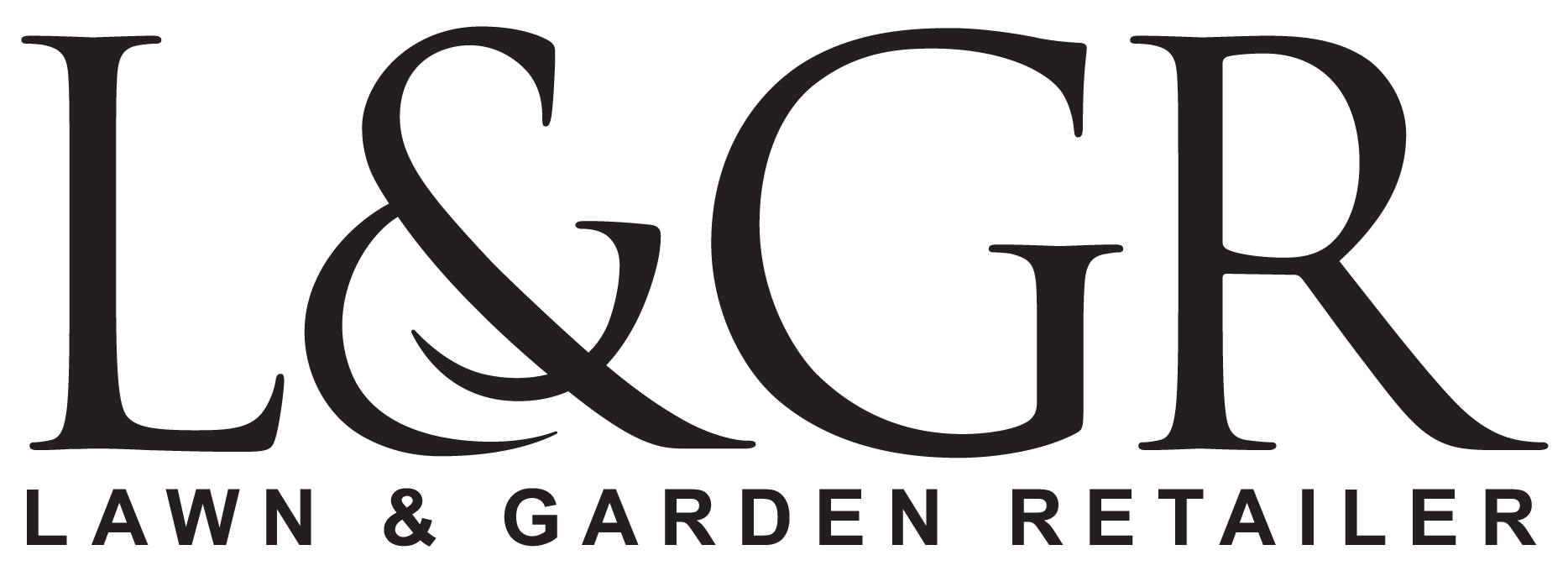
The many layers of sustainability
Sustainability is the ability to meet the needs of the present without compromising the ability of future generations to meet their own needs, according to the UN World Commission on Environment and Development (1987). It often involves balancing environmental, social and economic considerations.
Heavy, ponderous and intentionally vague, yet, at the same time, an all-encompassing goal with built-in flexibility so that it can be adopted by all businesses (big and small), governments, organizations and individuals in some form. Though the “save the planet and all who live on it, today and in the future” stated scope of sustainability is broad, no single entity can achieve the goal by itself; in reality, it relies on the cumulative impact of all players working both collaboratively and individually.
It’s based on actions, activities, policies, projects and investments that entities can subscribe to in its entirety or in smaller chunks, as the participants’ abilities and capabilities (and funds to invest) may allow. Some companies and organizations participate in sustainability activities simply because it’s the right thing to do; others may seek third-party certification of adherence to established criteria that can be used in marketing and communicating their sustainability efforts.
For businesses, sustainable development means taking purposeful actions to track and reduce your environmental footprint, even as you work to grow your organization. If your business is committed to sustainability, it’s important to optimize your operational systems, drive efficiencies, reduce carbon emissions, and decrease the impact of your buildings, spaces and processes.
Measuring Sustainability
Sustainability is a journey; one can never fully achieve complete sustainability. Though the goals may be carbon neutrality, the reduction of your environmental footprint, or mitigating climate change and many more, the organization can choose what activities it can effectively implement and afford. Whatever area of involvement you engage in, it should meet the following three criteria:
- It should be good for the earth.
- It should be good for your business.
- It should be good for your customer.
Many growers and garden retailers are already actively engaged in creating and implementing sustainable practices, which you should be proud of — and you deserve to be recognized for your efforts. Unfortunately, many of you aren’t getting credit for your accomplishments and investments because you haven’t told your customer about what you’ve done and are doing. Further, there’s nothing wrong or misleading in taking credit for some of the sustainability accomplishments of your supply chain partners.
For example, if you buy in your annuals and your growers have reduced their pesticide use by 75% by using biocontrols, you can take credit for that! What’s also important is to be able to quantify your sustainability wins. For instance, if you (or your supplier) reduced water usage by changing to drip irrigation, hydroponics, ebb and flow tables, or by capturing/reusing water runoff, you should be able to quantify the old versus new water usage, either in a reduction of gallons used or a percentage reduction; this increases your credibility as well as protecting you from greenwashing challenges.
Sustainability will always be a work in progress, but take credit for your involvement and accomplishments through in-store signage, your website and consumer marketing activities. These vehicles could also act as educational efforts to show your customers how they can become more sustainable.
Standing out with Sustainability
So why promote your sustainability efforts? I’ve written before about your value proposition being an integral part of your brand statement. Most customers like to align themselves with companies that share common values, and a high percentage of your current and potential customers are supportive of sustainability, even if they aren’t actively involved in it themselves.
By communicating your sustainability involvement, you’ll increase the propensity of your existing and potential customers to support you over competitors who aren’t involved or promoting their sustainability efforts.
The areas of opportunity for sustainability involvement for retailers and grower/retailers are many; here are just a few:
- Organic plants and fertilizers
- Native plants
- Reducing the use of chemical fertilizers and pesticides
- Water conservation
- Reduce/reuse/recycle to minimize waste
- Composting
- Reduce the use of fossil fuels and petroleum-based plastics
Financial Sustainability
There’s another side to sustainability that hits closer to home, but isn’t talked about as much as the eco-friendly variety we’ve just discussed — the financial sustainability of your garden center. In 2024, retail garden center sales, transaction counts and unit sales were all down; our only salvation was that retail prices were up, so sales weren’t as depressed as they could have been. This kind of performance isn’t sustainable over time if we want to reach our potential and to stay in business.
I believe it’s a good idea to go take a hard and frequent look at some of these activities, factors and formulas:
Formulas to help manage your financial performance and decisions include:
- Cash flow analysis
- Sales per employee
- Liquidity
- Return on assets
- Interest coverage ratio
- EBITA
- Debt-to-equity ratio
- Return on capital invested
- CAPEX investment return
- Inventory turnover by category and item
- Break-even analysis
- Net profit by category (gross margin less all expenses, markdowns and waste)
- Customer conversion rate
- ROI
Look for trends (good and bad) and comparative performance to last year as you review the data to identify areas to refocus your time, energy and resources; the sooner you can identify any issues, the sooner you can resolve the problem.
Another step to financial sustainability is your relationship with your lenders. Financial institutions are becoming more reluctant to provide funds to small, seasonal businesses with perishable inventory that is at the whim of weather and with a product seen by the consumer as a luxury. Keep an open line of communication with your lenders throughout the year, not just when you are looking for a loan.
Re-evaluate your relationship with your supply partners and your customers. Look for opportunities to foster two-way loyalty that benefits both your business and theirs. It’s just as important to market your business to your supply partners as it is to your customers!
Sustainability … saving the planet is critically important, but sustaining your business should be equally important to you, your employees and your customers.



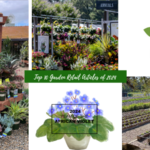









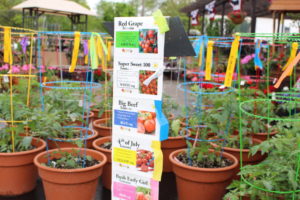


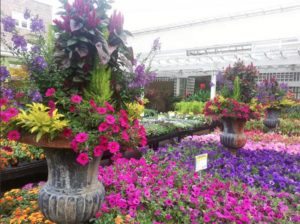
 Videos
Videos
